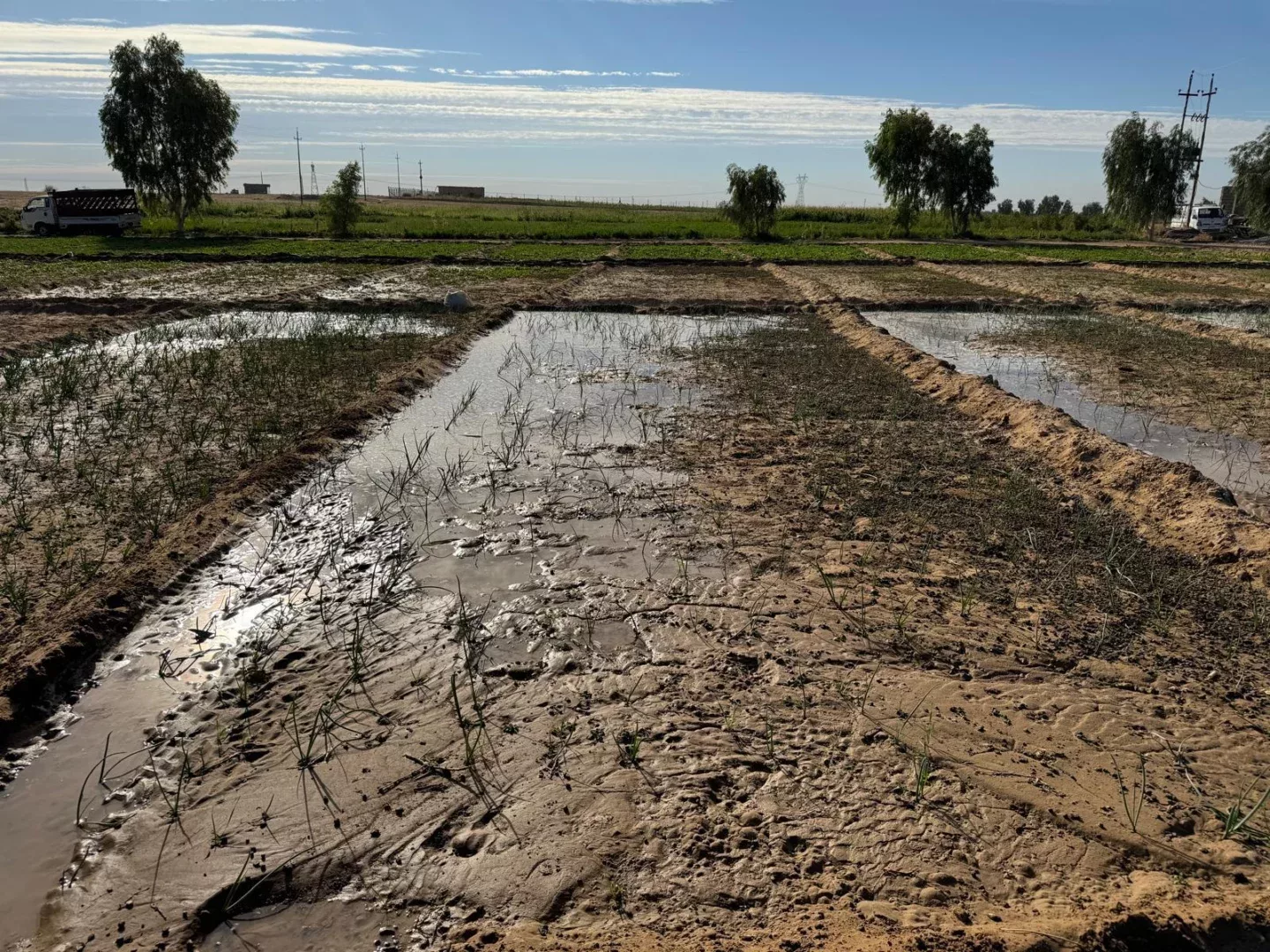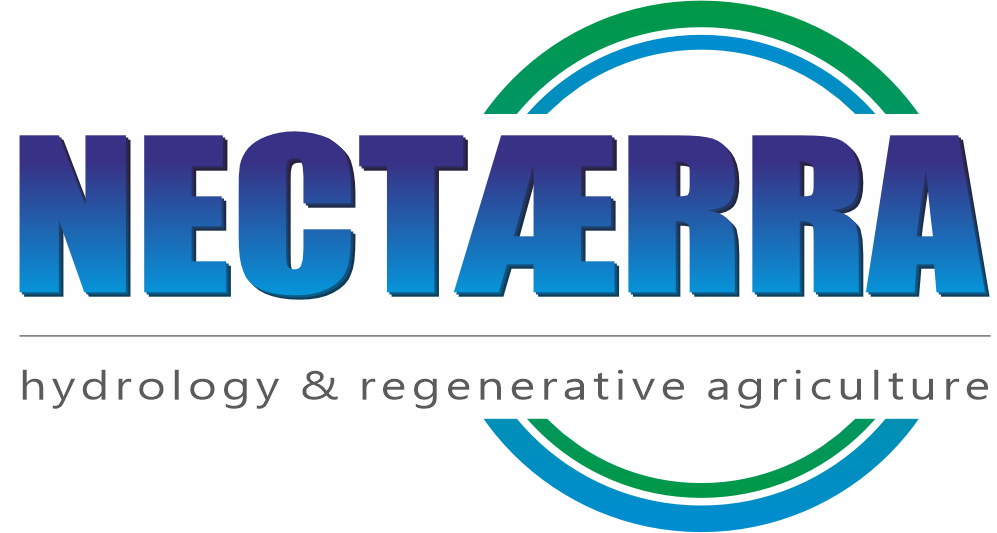
Climate change and water management: Collaborating for sustainable solutions
At a time when climate change and environmental pollution threaten our water system, governments and companies are faced with urgent questions: How do we deal with the problems of extreme drought and flooding? How do we create a climate-proof and water-robust living environment? How do we ensure clean and safe drinking water, despite increasing pollution from industry and agriculture? And how do we prevent salinization and water scarcity of agricultural land due to excessive water use? To address these questions, specialist knowledge and expertise is needed in various areas. That is why Iv and NECTÆRRA have joined forces in a partnership.
How can we provide solutions together?
Iv provides expertise in the field of water safety, geotechnics, and the design of complex water systems. NECTÆRRA complements this technical knowledge with expertise in the field of sustainable water management, (geo)hydrology, and agriculture. Together, Iv and NECTÆRRA offer integrated solutions that are both robust and sustainable.
From data to solutions
In hydrology, data plays a crucial role. This data, which is often built up over a longer period of time, forms the basis of specific calculations and visualisations that Iv and NECTÆRRA perform to gain insight into the bottlenecks in an area and to test solutions. Rogier van Opstal, owner of NECTÆRRA, explains: “To find the right solution for a problem, it is essential to know the data well and to guarantee the data quality. To this end, we develop tools that can be used in the field to collect data efficiently. The information we collect in this way not only relates to the water system, but also to the environment, soil and land use.”
The big challenges
The challenges of climate change have implications for agriculture and water use. Therefore, water use may need to be restricted, or agriculture may need to be conducted differently, for example, by switching to regenerative agriculture, which reduces the use of artificial fertilizers and chemical crop protection products, such as pesticides and herbicides, or by growing crops that require less water.
When managing the water system, the increasingly extreme weather conditions must also be taken into account. On the one hand, water must be able to drain away more quickly during heavy rainfall, while on the other hand, it must be retained longer for dry periods. Elements such as organic matter, soil structure, ground cove,r and varied vegetation play a role in this. Iv and NECTÆRRA design solutions that address these challenges, for example, by improving soil quality and systems that enable the reuse of rainwater. In addition, they carry out stress tests and advise on which measures in the urban water system are necessary to cope with the more extreme weather conditions.
Ongoing collaboration in projects
A good example is the nature development project Drasse Driehoek near Tilburg. Here, agricultural land is transformed into nature so that different nature areas are connected to each other. Iv and NECTÆRRA have carried out analyses of the hydrological situation and the risk that the work will lead to flooding in nearby residential areas. Based on this analysis, advice was given on the measures to be taken to prevent flooding and to strengthen the ecological value of the area.
Another example is a large and complex dike reinforcement of 10.5 km, in which the primary water barrier is reinforced to anticipate the expected higher water levels. Because space is limited, innovative solutions are used, such as an infiltration system that prevents the dike from drying out (as a result of the installation of steel sheet piling). Iv and NECTÆRRA think along with the client, provide technical support and advice, and test the contractor’s design. This includes analyses of whether groundwater and drying out have been correctly included in the design and what this means for the implementation and risk management.
Sustainability
In order to find sustainable and future-proof solutions, it is necessary to approach problems from multiple disciplines. “We not only have to set up calculation models but also take into account the indirect effects of our designs on nature and the environment. We,therefore, quantify the impact of different solutions using the Environmental Cost Indicator (ECI) and consider the sustainable option (instead of the cheapest option as is usual) as the zero variant. In this way, we give sustainability a central role in our advice”, says Martijn Monden, senior advisor Water Safety at Iv.
The collaboration between Iv and NECTÆRRA is based on the principle of complementary expertise with a broader, multidisciplinary view that enables the partners to find sustainable and future-proof solutions that are not only focused on technology but also the broader impact on the environment and society.
